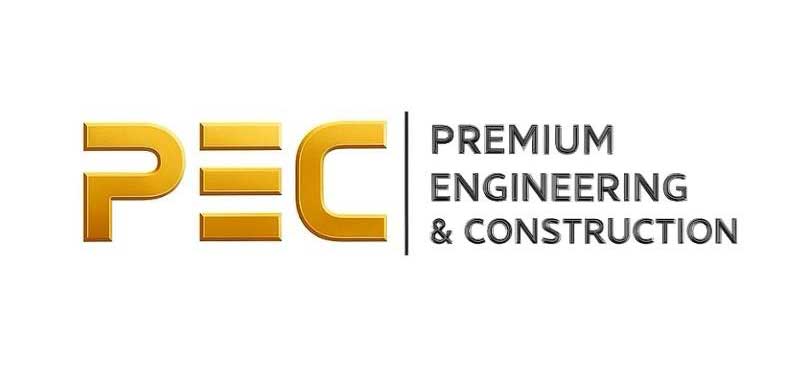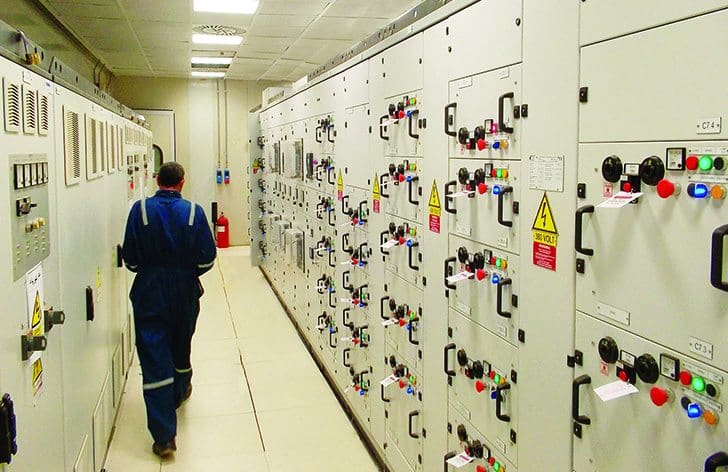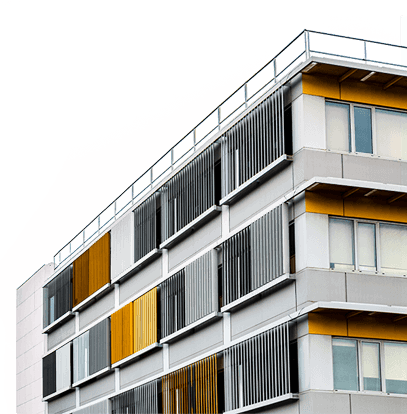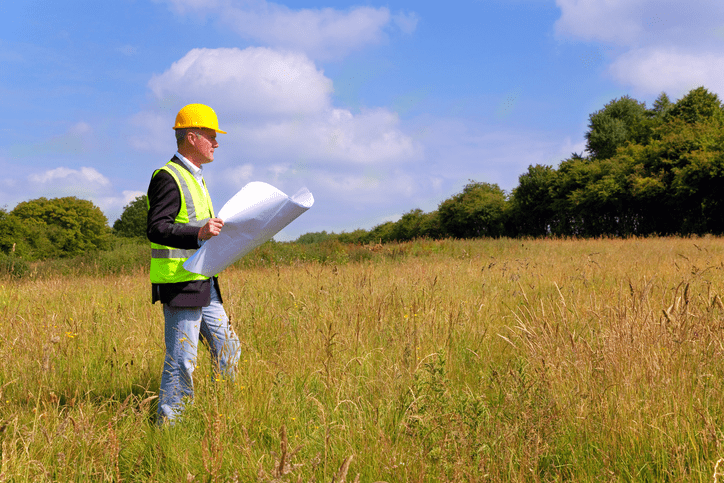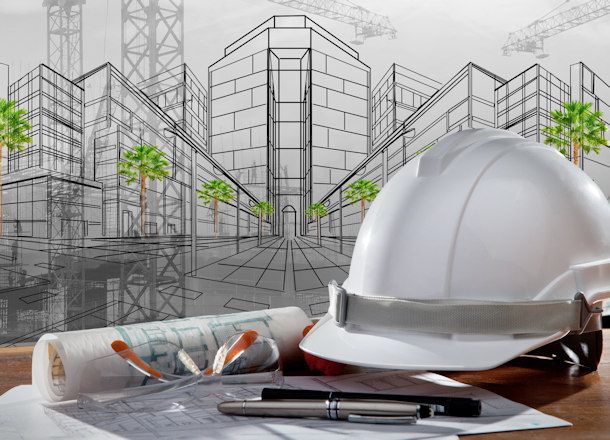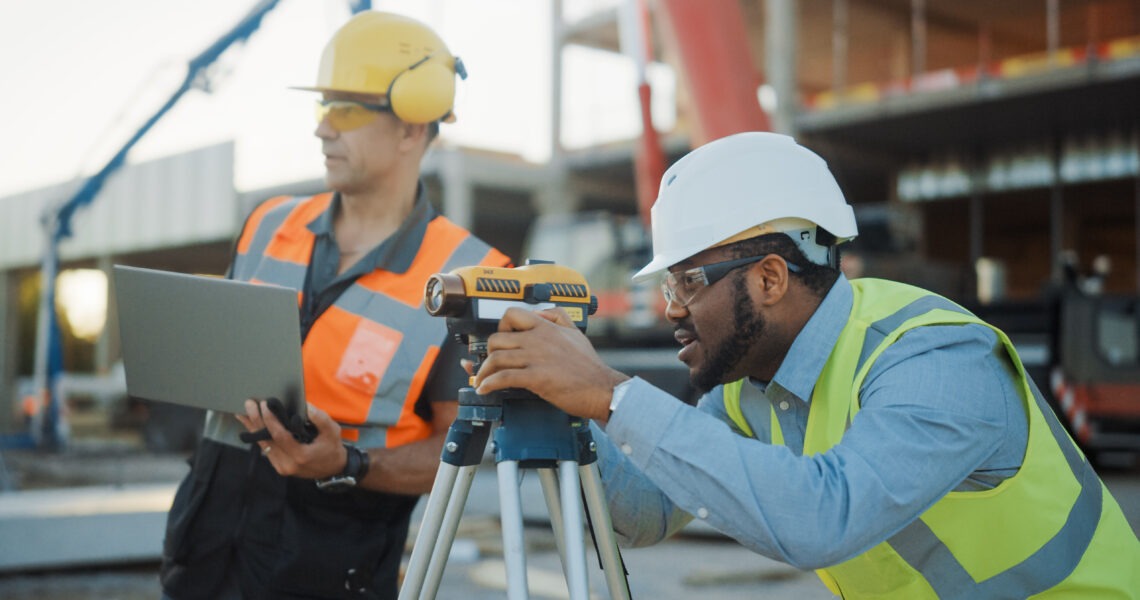- Building a Better Future, Together
Engineering & Construction
Engineering and construction are fundamental to shaping our built environment, involving the application of scientific principles and technical skills to design, build, and maintain infrastructure.
IT/Business Services
IT and business services play a crucial role in enhancing organizational efficiency and competitiveness, offering solutions that range from software development and cybersecurity to consulting and outsourcing.
